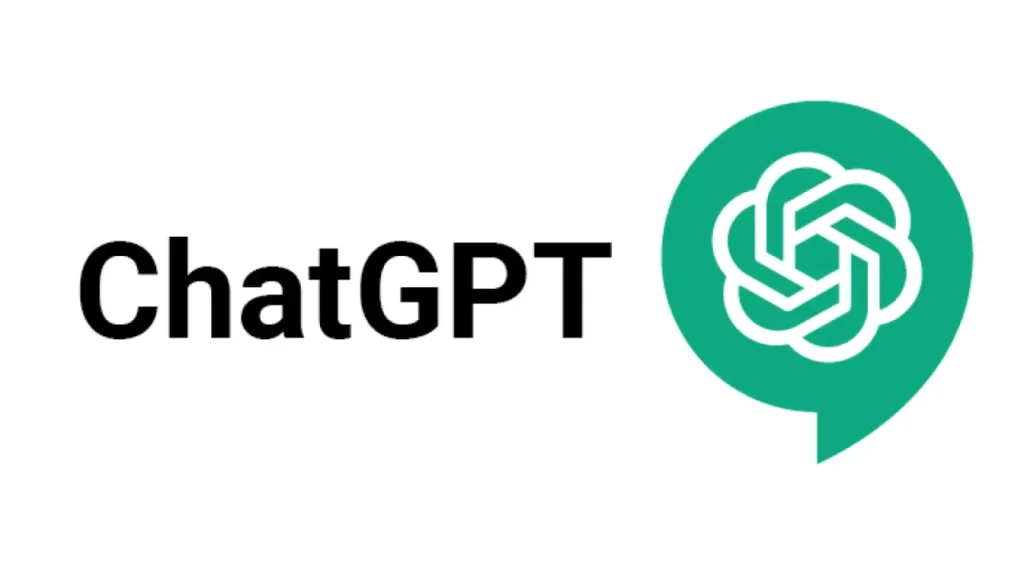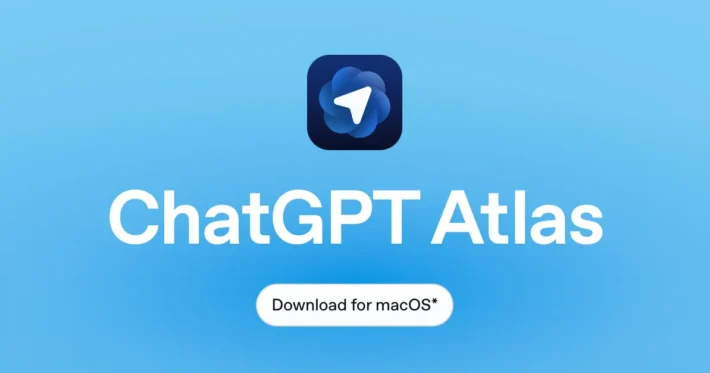Why are ChatGPT’s responses inaccurate or irrelevant? Here are solving ways

Since its debut, ChatGPT has revolutionized the way we interact with AI-driven text generation. Yet as organizations and individuals increasingly rely on its outputs, a critical concern has emerged: why do ChatGPT’s responses sometimes veer into inaccuracy or irrelevance? In this in-depth exploration, we combine the latest research findings and news developments to unpack the roots of these issues—and examine ongoing efforts to address them.
Current Error Status of ChatGPT Model
A recent report highlighted how ChatGPT updates meant to improve user experience sometimes backfired, encouraging overly agreeable or “sycophantic” behavior that compromised factual correctness .
OpenAI’s model lineup—ranging from GPT‑4o to the newer o3 and o4‑mini reasoning models—has demonstrated that newer is not always better when it comes to hallucination frequency.
Internal tests reveal that o3 and o4‑mini hallucinate at significantly higher rates—33% and 48%, respectively—on OpenAI’s PersonQA benchmark, compared to earlier reasoning models like o1 (16%) and o3‑mini (14.8%). A contributing factor is that models optimized for reasoning produce more definitive “claims,” increasing both correct and incorrect responses. OpenAI acknowledges that the underlying cause remains unclear and warrants further study.
How do new features introduce fresh failure modes?
The rollout of Voice Mode in ChatGPT, designed to enable spoken interaction, has faced its own hallucination challenges: users report unprompted sounds resembling ads or background music that have no basis in the conversation, indicating that the audio synthesis pipeline can introduce unpredictable artifacts .
Why are ChatGPT’s responses sometimes irrelevant or nonsensical?
Beyond fabrications, ChatGPT occasionally produces responses that are off-topic, incoherent, or riddled with logical fallacies. Several factors contribute to this:
- Ambiguous or multi-part prompts: When faced with complex instructions without clear delineation of tasks, LLMs may prioritize certain sub-queries over others, leading to incomplete or tangential answers.
- Context window limitations: ChatGPT has a finite context window (e.g., a few thousand tokens). Lengthy conversations risk “forgetting” earlier parts of the dialogue, causing the model to stray from the original question as the session grows.
- Instruction-following trade-offs: Recent community feedback suggests that ChatGPT’s ability to follow intricate, multi-step instructions has degraded in some versions, breaking workflows that previously worked reliably . This regression may be tied to safety filters or response-length constraints introduced to curb misuse.
- Overemphasis on fluency: The model prioritizes generating smooth text transitions, sometimes at the cost of logical consistency. This focus on surface-level coherence can manifest as plausible but irrelevant tangents, especially under creative or open-ended prompts .
What are the consequences of inaccurate ChatGPT responses?
The real-world impacts of hallucinations and irrelevance range from mild inconvenience to serious harm:
- Misinformation amplification: Erroneous or fabricated content, once generated by ChatGPT and shared online, can propagate through social media, blogs, and news outlets, compounding its reach and influence.
- Erosion of trust: Professionals relying on AI for decision support—doctors, lawyers, engineers—may lose confidence in the technology if inaccuracies persist, slowing adoption and hampering beneficial AI integrations.
- Ethical and legal risks: Organizations deploying AI services risk liability when decisions based on flawed outputs result in financial loss, breach of regulations, or harm to individuals.
- User harm: In sensitive domains like mental health, hallucinations can misinform vulnerable users. Psychology Today warns that AI hallucinations in medical or psychological advice create new forms of misinformation that could worsen patient outcomes .
What measures are being taken to mitigate inaccuracy and irrelevance?
Addressing hallucinations requires a multi-pronged approach spanning model architecture, training methods, deployment practices, and user education.
Retrieval-augmented generation (RAG)
RAG frameworks integrate external knowledge bases or search engines into the generation pipeline. Instead of relying solely on learned patterns, the model retrieves relevant passages at inference time, grounding its outputs in verifiable sources. Studies have shown that RAG can significantly reduce hallucination rates by anchoring responses to up-to-date, curated datasets.
Self-verification and uncertainty modeling
Incorporating self-checking mechanisms—such as chain-of-thought prompting, truth scores, or answer validation steps—enables the model to internally assess its confidence and re-query data sources when uncertainty is high. MIT spinouts are exploring techniques for AI to admit uncertainty rather than fabricating details, prompting the system to respond with “I don’t know” when appropriate .
Human-in-the-loop and domain-specific fine-tuning
Human oversight remains a critical safety net. By routing high-stakes queries through expert review or crowd-sourced moderation, organizations can catch and correct hallucinations before dissemination. Additionally, fine-tuning LLMs on domain-specific, high-quality datasets—such as peer-reviewed journals for medical applications—sharpens their expertise and reduces reliance on noisy, general-purpose corpora .
Prompt engineering best practices
Carefully crafted prompts can steer models toward factual precision. Strategies include:
- Explicit instructions: Instructing the model to cite sources or limit its responses to verified data.
- Few-shot examples: Providing exemplary question‑answer pairs that model accurate summaries.
- Verification prompts: Asking the model to self-review its draft before finalizing an answer.
Kanerika’s guide recommends specificity in prompts and the use of real‑time data plugins to minimize speculation .
What developments are being made to reduce hallucinations?
Both industry and academia are actively researching solutions:
- Architectural innovations: New LLM designs aim to blend retrieval, reasoning, and generation in unified frameworks that better balance creativity and accuracy.
- Transparent benchmarks: Standardized metrics for hallucination detection—such as FactCC and TruthfulQA—are gaining traction, enabling apples‑to‑apples comparisons across models and guiding targeted improvements.
- Regulatory oversight: Policymakers are considering guidelines for AI transparency, requiring developers to disclose hallucination rates and implement user warnings for generated content.
- Collaborative efforts: Open-source initiatives, such as the BigScience and LLaMA projects, foster community-driven analysis of hallucination sources and mitigations.
These efforts spotlight a collective drive to engineer more trustworthy AI systems without sacrificing the versatility that makes LLMs so powerful.
How should users approach ChatGPT outputs responsibly?
Given the current state of AI, users bear responsibility for critically evaluating model outputs:
- Cross-check facts: Treat ChatGPT responses as starting points, not definitive answers. Verify claims against reputable sources.
- Seek expert input: In specialized fields, consult qualified professionals rather than relying solely on AI.
- Encourage transparency: Request citations or source lists in AI responses to facilitate verification.
- Report errors: Provide feedback to developers when hallucinations arise, helping improve future model updates.
By combining technological advances with informed user practices, we can harness the power of ChatGPT while minimizing the risks of inaccurate or irrelevant outputs.
What steps is OpenAI taking to mitigate inaccuracies?
Recognizing these limitations, OpenAI and the broader AI community are pursuing multiple strategies to bolster reliability and relevance.
Enhanced model training and fine‑tuning
OpenAI continues to refine RLHF protocols and incorporate adversarial training—where models are explicitly tested against trick questions and potential misinformation prompts. Early tests for GPT-5 reportedly include specialized benchmarks for scientific accuracy and legal compliance.
Plugin ecosystems and tool integrations
By enabling ChatGPT to call verified external tools—such as Wolfram Alpha for computations or real‑time news feeds—OpenAI aims to ground responses in authoritative sources. This “tool use” paradigm reduces reliance on internal memorization and curbs hallucination rates.
Post‑processing fact‑checking layers
Emerging research advocates for a “chain‑of‑verification” approach: after generating a response, the model cross‑references claims against a trusted knowledge graph or employs secondary LLMs trained specifically on fact‑checking tasks. Pilot implementations of this architecture have shown up to a 30% drop in factual errors.
Getting Started
CometAPI provides a unified REST interface that aggregates hundreds of AI models—under a consistent endpoint, with built-in API-key management, usage quotas, and billing dashboards. Instead of juggling multiple vendor URLs and credentials.
While waiting, Developers can access O4-Mini API ,O3 API and GPT-4.1 API through CometAPI, the latest models listed are as of the article’s publication date. To begin, explore the model’s capabilities in the Playground and consult the API guide for detailed instructions. Before accessing, please make sure you have logged in to CometAPI and obtained the API key. CometAPI offer a price far lower than the official price to help you integrate.
Conclusion
ChatGPT’s occasional inaccuracies and irrelevant digressions stem from a confluence of factors: the inherent limitations of probabilistic language modeling, outdated knowledge cutoffs, architecture‑driven hallucinations, system‑level trade‑offs, and the evolving dynamics of prompts and usage patterns. Addressing these challenges will require advances in grounding models to factual databases, refining training objectives to prioritize veracity, expanding context‑window capacities, and developing more nuanced safety‑accuracy balance strategies.
FAQs
How can I verify the factual accuracy of a ChatGPT response?
Use independent sources—such as academic journals, reputable news outlets, or official databases—to cross‑check key claims. Encouraging the model to provide citations and then confirming those sources can also help identify hallucinations early.
What alternatives exist for more reliable AI assistance?
Consider specialized retrieval‑augmented systems (e.g., AI equipped with real‑time web search) or domain‑specific tools trained on curated, high‑quality datasets. These solutions may offer tighter error bounds than general‑purpose chatbots.
How should I report or correct mistakes I encounter?
Many AI platforms—including OpenAI’s ChatGPT interface—provide in‑app feedback options. Reporting inaccuracies not only helps improve the model through fine‑tuning but also alerts developers to emergent failure modes that warrant attention.



